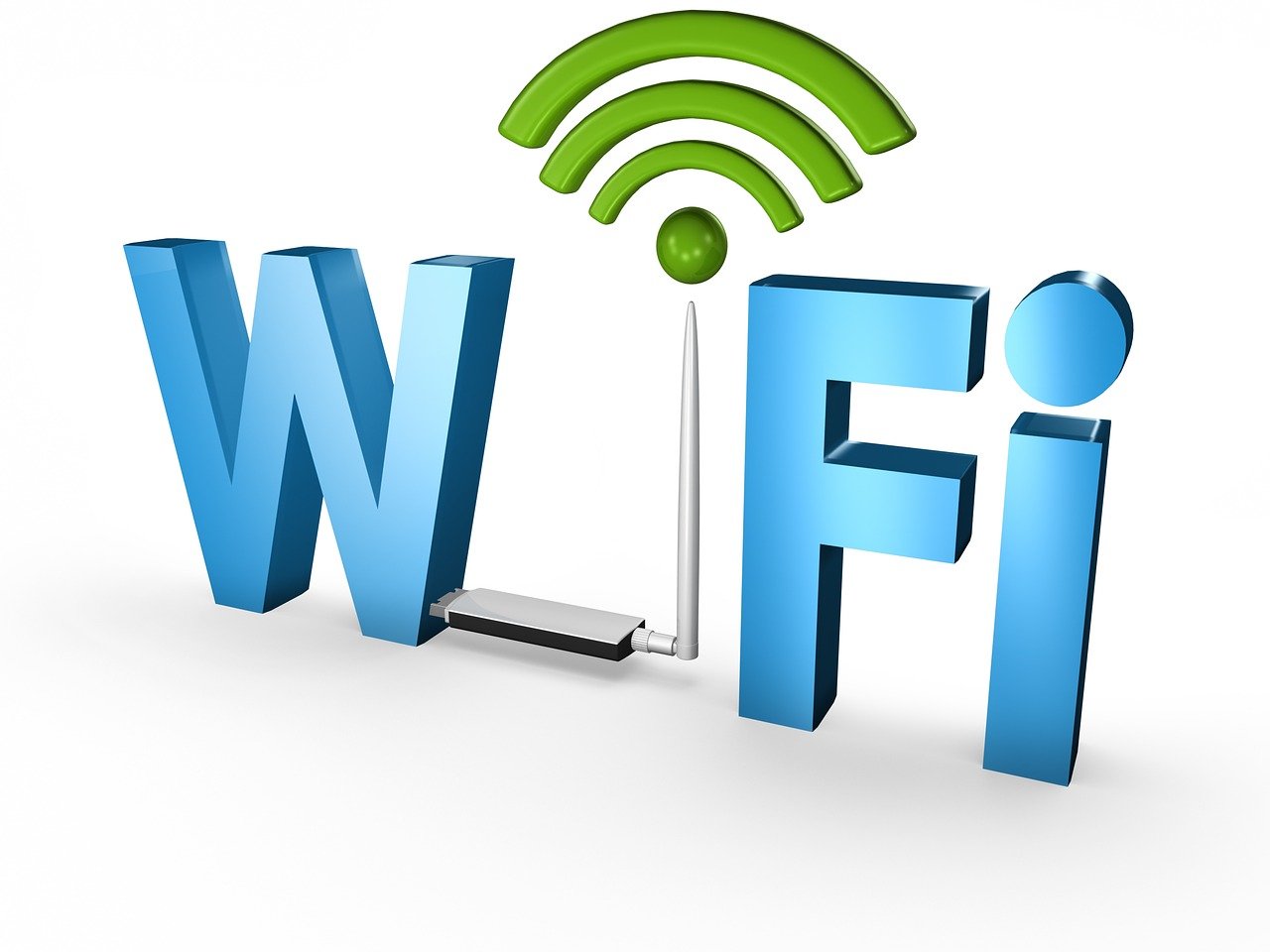In this article I will explain what is edge computing and how edge computing works. If you are not from a technical background, you can also easily understand the edge computing.
Edge Computing
We have seen that cloud computing reduce our cost and requirement of IT infrastructure. Every thing we wants is available on the cloud from an application to a high-end software. Now edge computing is reducing the latency and bandwidth by creating a Edge Server near to the data sources.
Data can be systematically collected from real-time sensors and IoT devices from anywhere in the world and inconvenient work environments, this big data is very tough to store and access from a remote server or data center. Thus edge computing was introduced in the cloud computing.
As the IoT devices and 5G devices are increasing the requirement of the IT infrastructure is increasing. And the time taken by the cloud is more so a system is required to reduce the time responded by a cloud based network. Many IoT devices generate large amounts of data during operation.
Everyone wants more speed less time to respond a request. Edge computing, automate operations, improve the experience and increase security.
This allows you to improve data management, reduce costs, perform concepts and actions faster, and work seamlessly on data output, which brings it closer to computing and data storage.
Cloud computing services are taking more time while feaching the data, which means more latency.
Learn more about what edge computing is, how it works, cloud effects and many more.
What is edge computing?
The concept of edge computing stems from Cloud Computing, which has a longer response time or access time to the server.
It is known as distributed technology which store and process your data and information as close as to the original source.
The rapid growth of Internet-connected devices (IoT) continues to drive the latest systems, along with new applications that require real-time computing power.
Edge computing is the advance version of Cloud Computing. Cloud computing is the past things. Edge computing bring the Data Sources closer to the customer.
In edge computing, information, IT services and data are closer to the user’s location, which allows them to easily access data and use cloud-based services in real time.
The performance of cloud-based services increases exponentially with the introduction of edge computing.
The problem of delay was solved by marginal calculation by the edge computing. In networking terms it is called Latency. This saves money and energy.
With the increase of IoT devices that use the Internet as a medium for mutual processing and communication thus cloud-based systems with stronger processing capabilities and low latency are required. Where large amounts of data are transmitted and retrieved via the Internet.
How Edge Computing Works
You are now aware about the what is Edge Computing? In this section I will explain simply how Edge Computing works. Basically Edge Computing was developed for the IoT devices which are dealing with the high volume of data. Main thing about Edge computing is it depends entirely on location.
The way edge computing works is to process the entire data before sending or receiving it from the data center or cloud. It it frequently used data locally to reduce the latency.
In traditional computing, the data is created by the user and sent to a server for storage or processing via the Internet or LAN. For single or few devices, this is not a time-consuming process. But as the number of devices increases, more time and processing power are consumed. This puts more strain on the Internet and LAN. it itself is often subject to low speeds and breakdowns.
To solve this problem, we needed a system that could give us faster speed and less delay. By transferring storage and computing resources near the point of data generation.
This is how Edge Computing works, Edge computing places storage and servers where data is located. This is also reduces the long distance communication between the client and server.
Basically edge computing works on the decentralized IT infrastructure and resources.
How to use Edge Computing
Everyone is using the edge computing in different different way and different purpose. Basic idea behind the edge computing is to give responsive and low latency performance between the client and cloud or data center.
Benefits of Edge Computing
Edge computing with 5G offers great opportunities in every field.
Edge provide computing and data storage closer to where data is generated, allowing for better data management, cost reduction, faster performance and operations.
More than 50% corporate are using edge computing for their business. Edge computing and 5G making data available to you within your proximity.
It provide better control over the transmitted data from device to cloud server.
Reduce in the responsive time is the main benefits of the Edge Computing.
Cost saving is the another of the main benefits of the Edge Computing.
The biggest advantage of edge computing is the ability to quickly process and store data, which makes real-time applications more efficient, which is important for companies.
Efficiently utilized the server resources and decrease the server resources. Also add greater functionality.
Edge server and edge devices are easy to maintenance.
Edge computing provide you high security as compare to the cloud computing. Edge is more secure that other computing technology.
Edge vs Cloud
Edge computing is closely related to the cloud computing. Both are not same things and cant be used interchangeably. It is useful to compare concepts and understand their differences.
Understand the differences between cloud computing and Edge Computing.
| Edge Computing | Cloud Computing |
| It is decentralized system | It is a centralized system. |
| It provide the less processing and computing power. | It provide the high processing and computing power. |
| It provide less latency | Responding time is more means high latency. |
| It requires less storage due to the decentralized system. | It requires more storage capability. |
| Needs dedicated bandwidth. | Dedicated bandwidth is not required. |
| Storage and computing are near to the data generation point. | Storage and Computing is far from the data generation point. |
Application of Edge Computing
Manufacturing and Production: Many business use edge computing for manufacturing and production. Edge computing helps enterprises in real time analysis, to find production errors, to make automatic production and to improve production and manufacturing quality.
Transportation: In transportation, edge computing is very important and has some significant advantages. Self-driving cars generate large amounts of data, so it is difficult to store them in the cloud in real time, so real-time computing and processing capabilities are required. Edge computing make this easy by creating a edge inside the cars.
Retail and E-commerce: Retail and e-commerce are producing huge amount of data. To upload this on the cloud and access from the cloud is very time consuming process. So there is requirement of the edge to access this big data. As retail & e-commerce are the major sources that effect the world economy.
Video-Graphy and Security Cameras: Video graphic cameras and security cameras are producing the high volume of data that can put high strain to the internet and processing power by sending this huge amount of data to the cloud. But by using edge you can overcome this problem by storing these data to the edge server and set data to the cloud when needed.
Health care and Medical: Many medical equipment are producing the huge amount of data. Storing and processing this data in the edge server is more secure and beneficial.
Gaming: To overcome the problem of lagging in the gaming edge is the better solution for this.
IoT devices: By creating the edge server and edge network IoT devices can efficiently work.
Privacy and Security: Before introducing Edge Computing big companies are tend to store data outside the country and your area but now a days companies are storing the data near to the user, which is ensuring the better privacy and security. User is having full control over the important and personal data.
Conclusion:
Thus, edge computing transform IT and business environment. Edge computing has become successful because it provides an effective solution to network problems arising from the movement of large amounts of data produced and consumed by modern organizations. 5G edge computing has created huge opportunities for all walks of life.
Many operators not only provide high speeds to continue processing data in the cloud, but also apply edge computing strategies to their projects.
Edge computing shows a continuous industry interest in 5G for edge computing, which means that the edge has been a part and parcel of many 5G deployments.
FAQs
Q1. What is network edge?
Ans. The network edge is made up of various IoT devices connected to the Internet to communicate with each other and share data. In edge network devices are very close to the servers.
Q2. What does edge computing mean?
Ans. Edge computing refers as the data storage and data processing take place near to the point of data generation. It is a decentralized method of data processing.
Q3. What is the use of edge computing?
Ans. Edge computing is used for the data storage, processing and data analysis near data generation point.
Q4. Is a smartphone an edge device?
Ans. Yes, now a days smartphones are edge devices, when you open any application and games they utilized the mobile resources to process data and information.
Q5. What is Edge Computing in simple words?
Ans. Simply put, edge computing brings some of the storage and computing resources closer to the data source. Instead of sending the original data to a central data center for processing and analysis, this work is done where the data is actually created.




